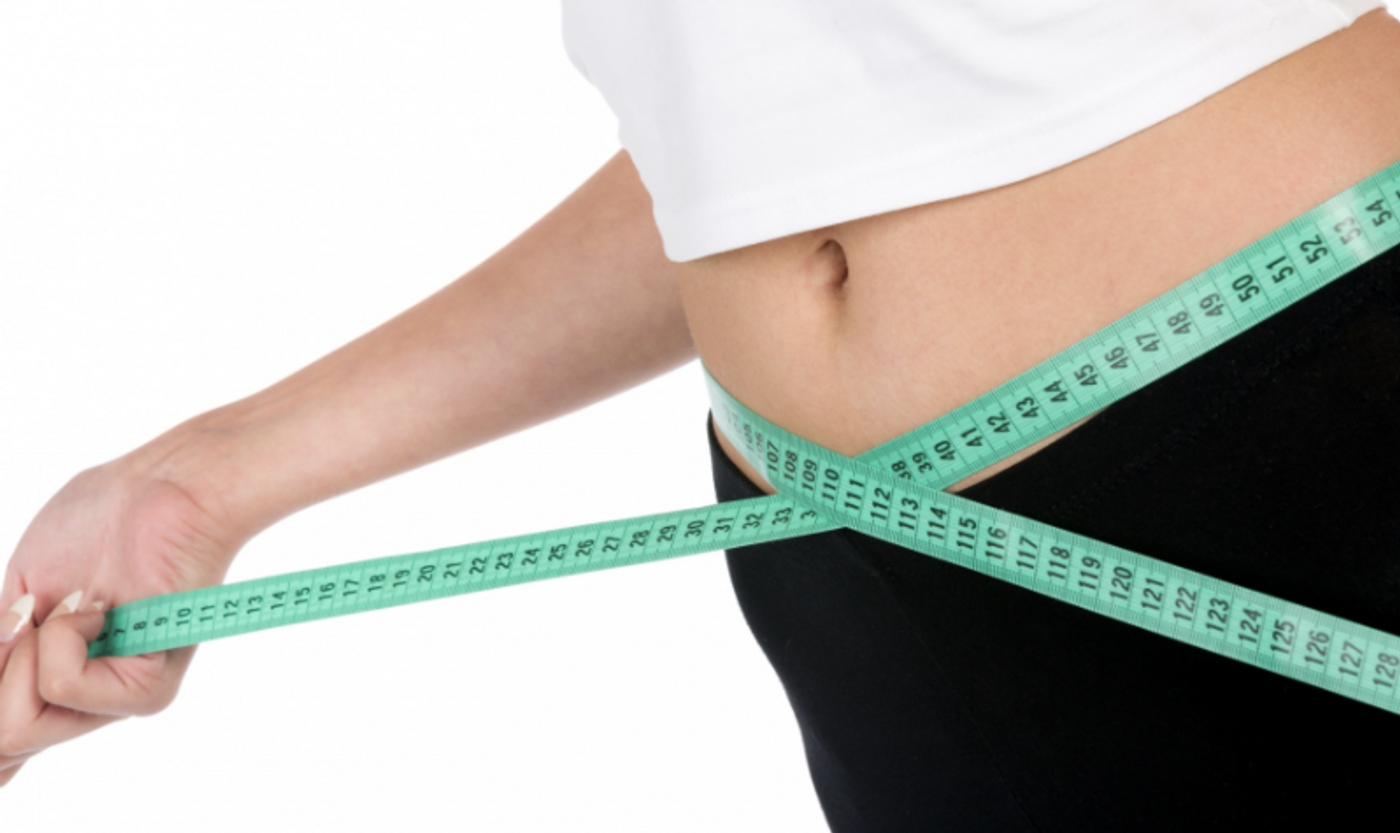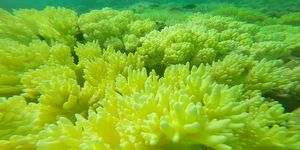Gene Influences how Women Store Fat
While we all are made from the same set of genes, small variations in their sequences give us our unique physiological traits. Scientists have found one such change in a gene called KLF14; it causes women who carry the gene variant to keep fat around their hips and bellies and increases their risk of type 2 diabetes dramatically. Men who have this gene variation, however, are not at much greater risk for diabetes. And interestingly, in women, the effects of the variant actually depends on whether they got it from mom or dad. The findings were reported in Nature Genetics.
"If you, by chance, inherit the risk version of this gene from your mother, then you're at higher risk for type 2 diabetes," explained researcher Mete Civelek, Ph.D., of the University of Virginia School of Medicine. "If you're a woman, then your risk is even higher - 28 percent higher than for a man who inherited the gene from his father. For reasons that we still do not understand, this gene is more active, or increases risk more, in women than in men."
This work could make the variant an attractive drug target. "KLF14 is one of the strongest known genetic risk factors for type 2 diabetes in women," noted researcher Kerrin S. Small, Ph.D., of King's College London. "Now that we know where in the body and in who the gene is acting, we can start to look at ... a potential strategy to modify [the] risk of diabetes."
Diabetes research tends to focus on insulin, and the pancreas, where it is produced. But this work highlights how fat can also be a part of the mechanisms underlying diabetes. In this study, the scientists found that the gene variation is impacting fat cells carried around a woman’s midsection, both decreasing the number of cells while also encouraging them to get bigger. Not every study has ignored how abdominal, or visceral fat contributes to diabetes, however. The video below explores that idea.
"This gene is active only in fat tissue and no other tissue when it comes to its effect on type 2 diabetes," noted Civelek, of UVA's Department of Biomedical Engineering and UVA's Center for Public Health Genomics.
This problem in generating new fat cells probably affects how these women deal with blood sugar, the scientists suggested. The gene variation has a cascading impact on hundreds of other genes, exerting as yet unknown effects.
Researchers are moving beyond the days of identifying when a mutation in a gene caused a disease, and studies are delving into more complex disorders that are based on small changes in genes. In science, following a complicated hypothesis sometimes means making a multi-pronged effort over several years.
"There were moments when we scratched our heads and couldn't really interpret the results," Civelek said. "We had to come together with a large group of scientists from all over the world and hash things out. 'Well, what about this? What if we look at it this way?' ... One of the interesting things is that if you look at this gene in your fat, there is no correlation with your overall fat, with your BMI. The correlation is with the fat distribution. Those things really took time to figure out."
In the future, the team is interested in creating drugs that can stop the harmful effects. "There are some chemicals out there that show an effect on KLF14," Civelek said. "That doesn't mean you can immediately put this chemical on the market as a drug. ... But it gives us an opportunity to manipulate these chemical structures to possibly make them usable for humans or target them specifically to fat cells."
The advice remains the same as usual; eat healthy foods and stay active. "You can't change your genetics. But you can change your diet and exercise,” Civelek concluded.
Sources: AAAS/Eurekalert! Via University of Virginia Health System, Nature Genetics









